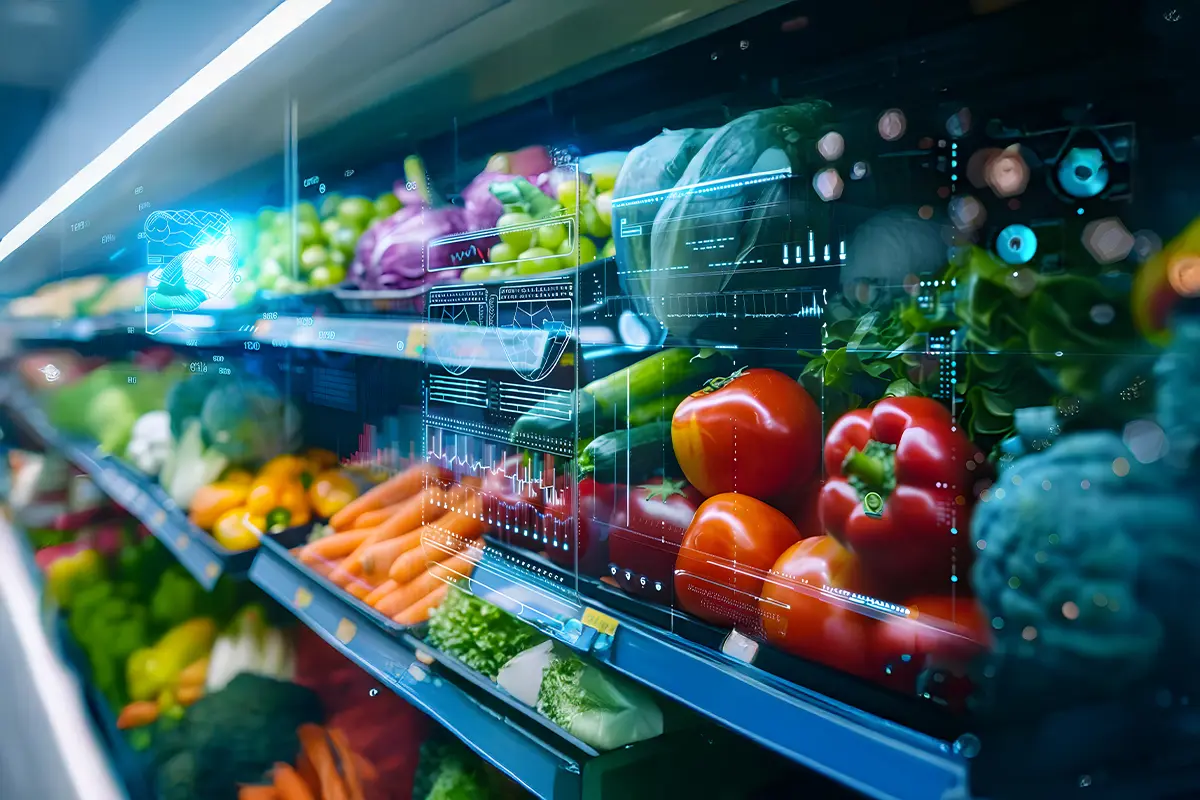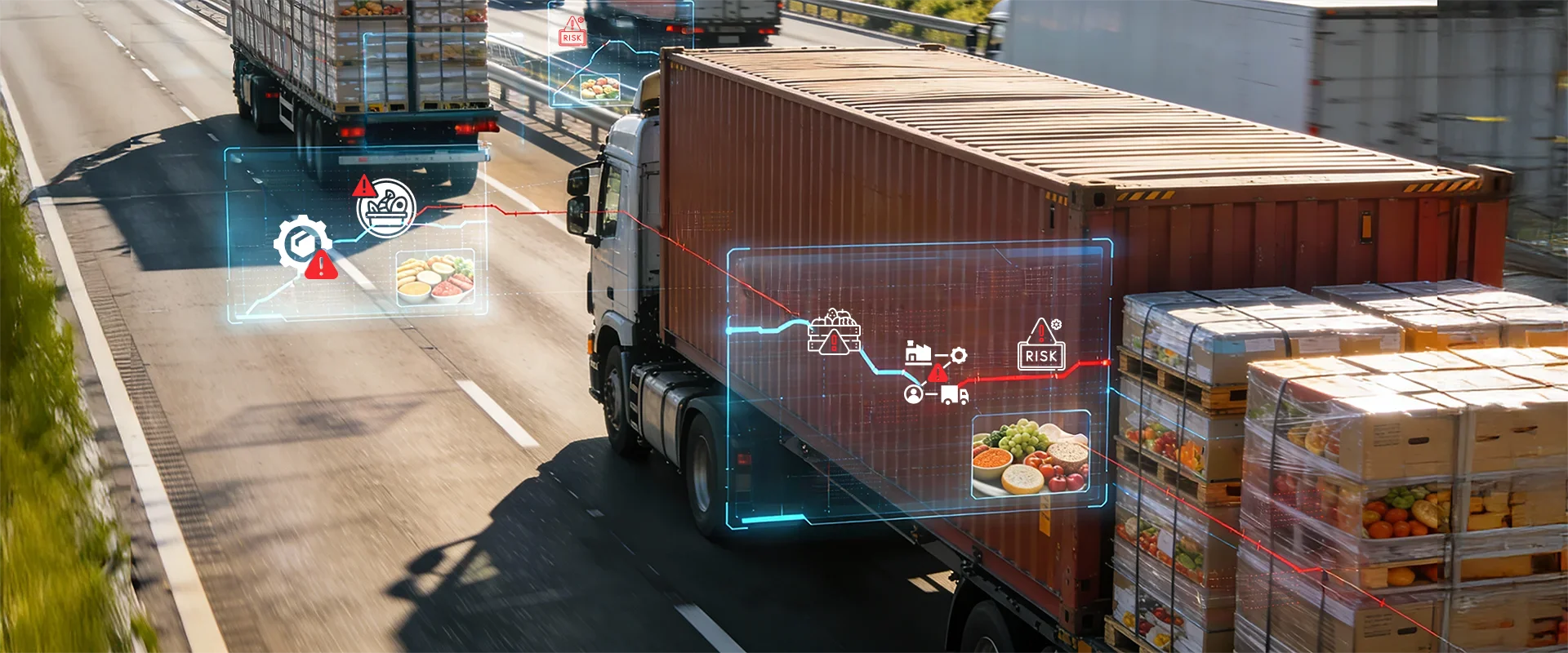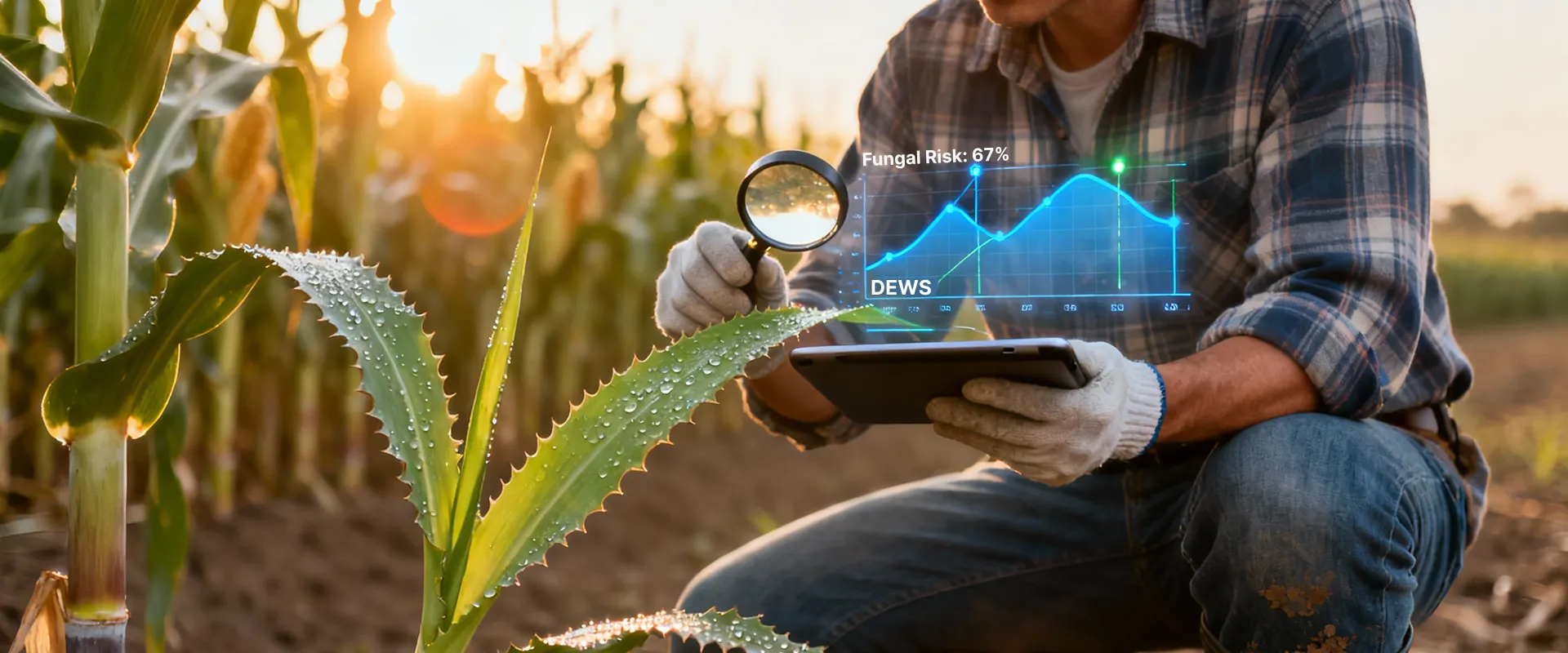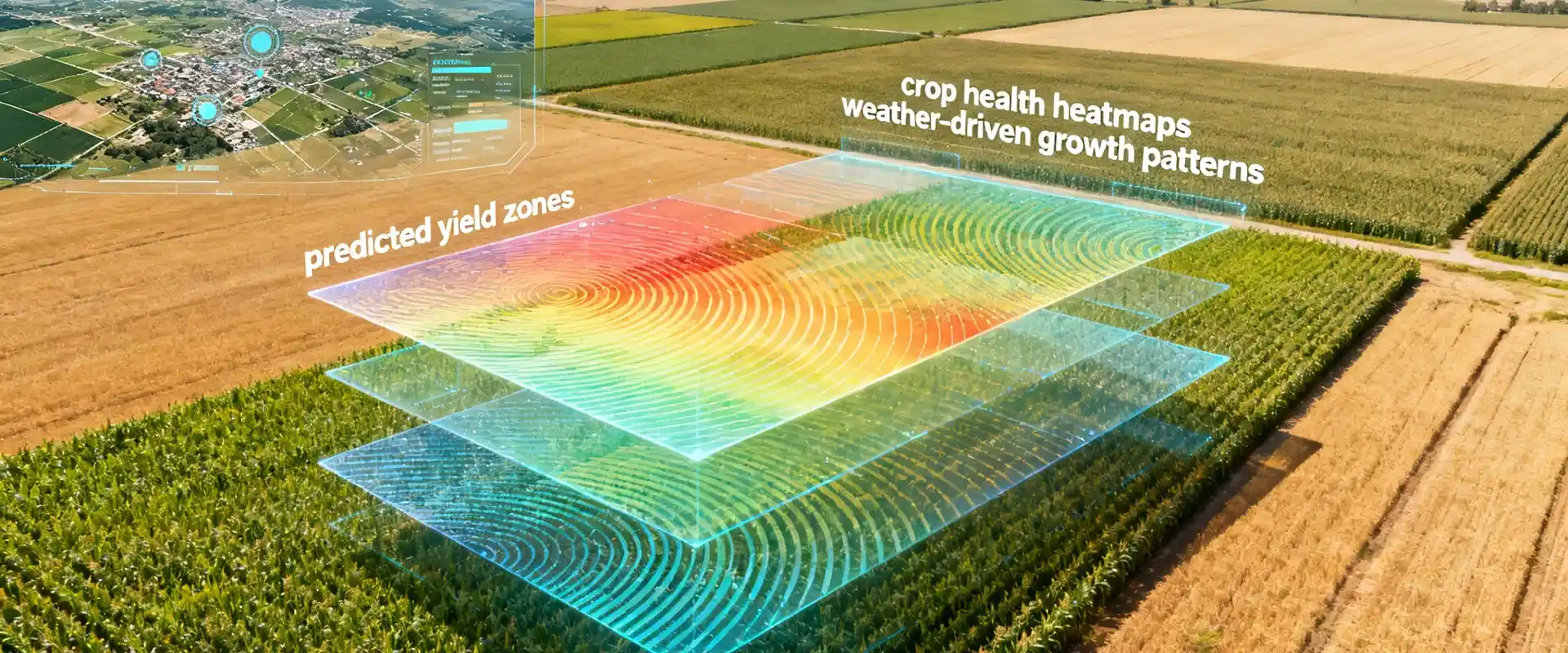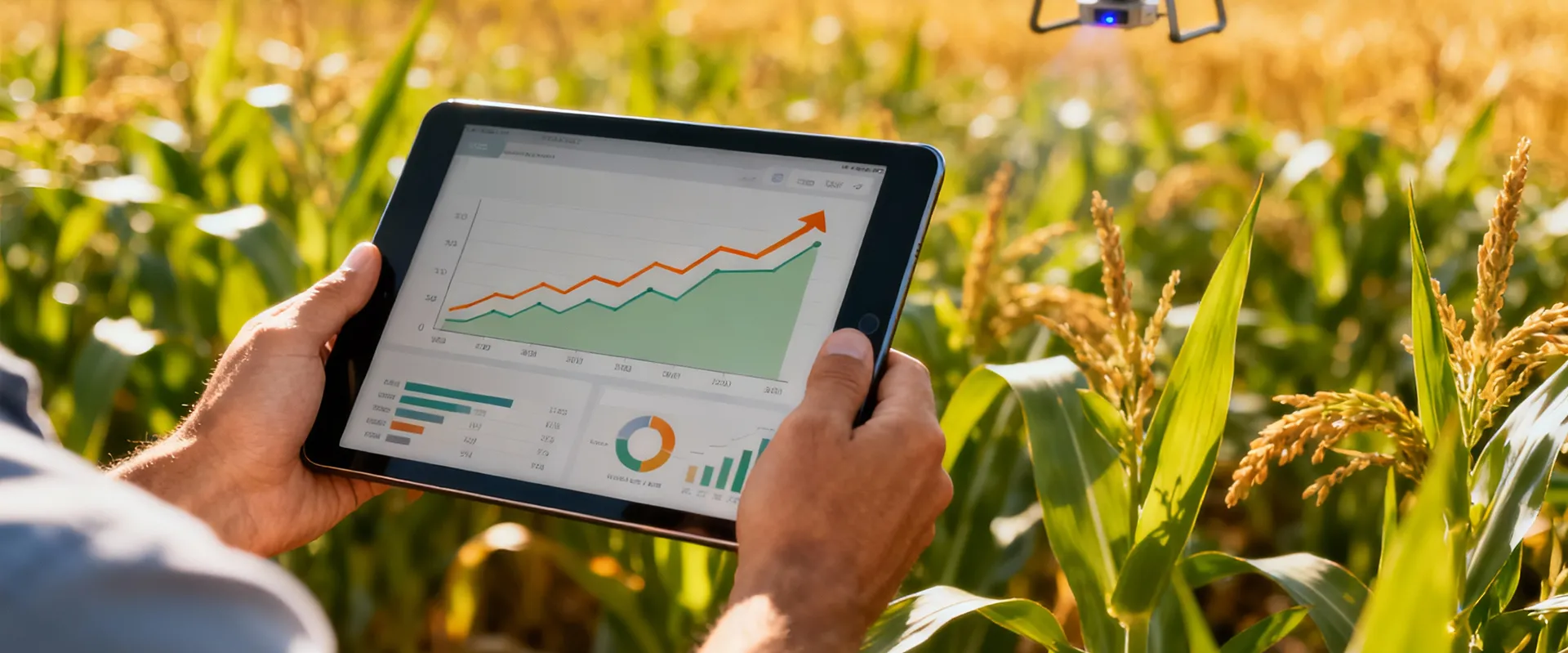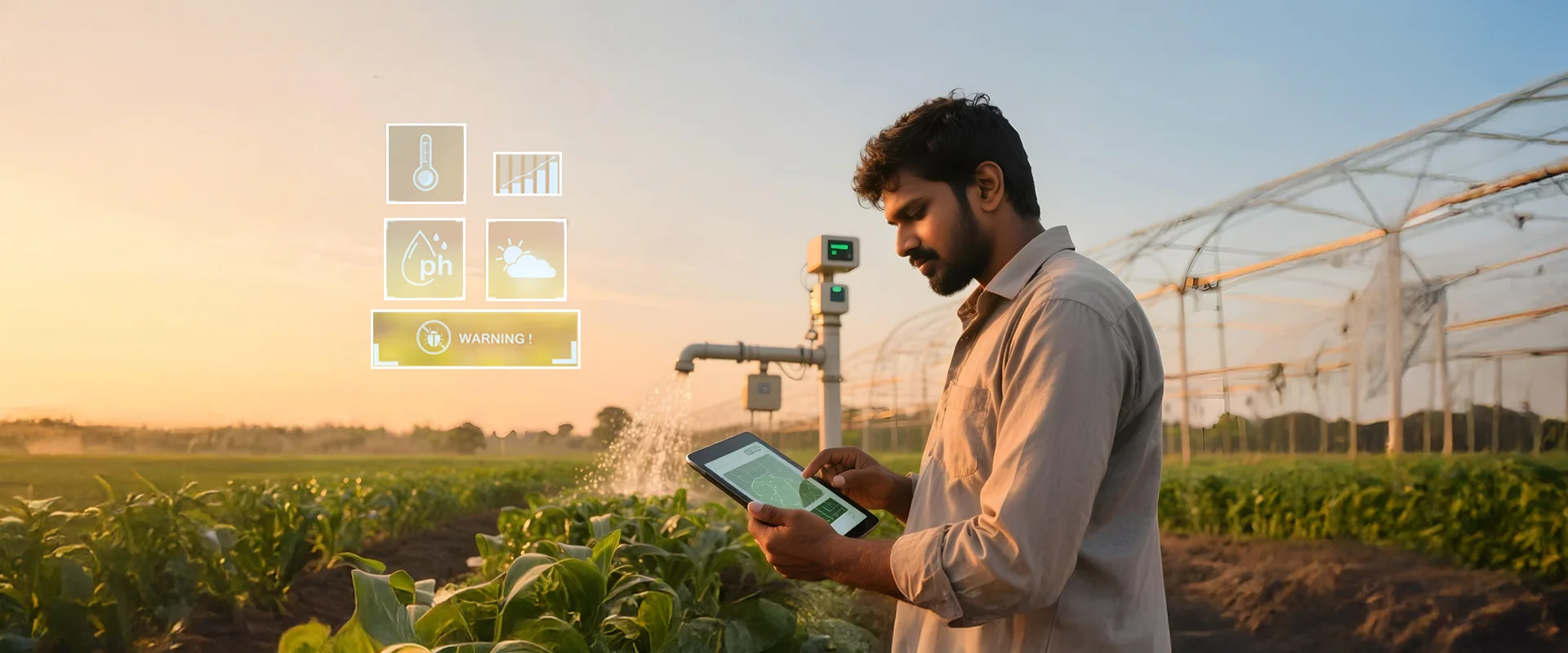- Land and air are polluted
- Ocean health is rapidly declining
- Natural resources (soils, water, and biodiversity) are stressed to dangerous levels
Negative impacts are experienced, such as:
- Climate change with surging temperatures
- Weather variability
- Changing agro-ecosystem boundaries
- Frequent extreme weather events
According to United Nations Food and Agriculture Organization (UN FAO), the growing global population is increasing the demand for food, and to ensure food security, the world needs to produce nearly 70% additional food by 2050. To further compound this issue, traditional agriculture is a significant contributor to the climate problem, as it accounts for 19%–29% of total greenhouse gas (GHG) emissions.
Climate-Smart agriculture targets to achieve the following

Increased productivity to ensure food security

Enhanced resilience to mitigate vulnerability to climate-related risks like drought & floods, pests & diseases and shocks
Reduced emission by-

Carbon footprint
Reducing the carbon footprint of cultivation and food processing

Deforestation
Avoid deforestation from agriculture and

Absorb carbon
Identify methods to absorb carbon from the atmosphere
Roadblocks to the adoption of climate-smart agriculture
Farmers are pillars of society that provide us with food – and, therefore, life. We cannot achieve a transition towards sustainability without a farmer-centric solution. So, it is essential to devise our solutions with an understanding of the challenges encountered by farmers in engaging in sustainable agriculture practices.

The carbon farming coalition
Integrating crop intelligence data and agtech to benefit farmers and investors
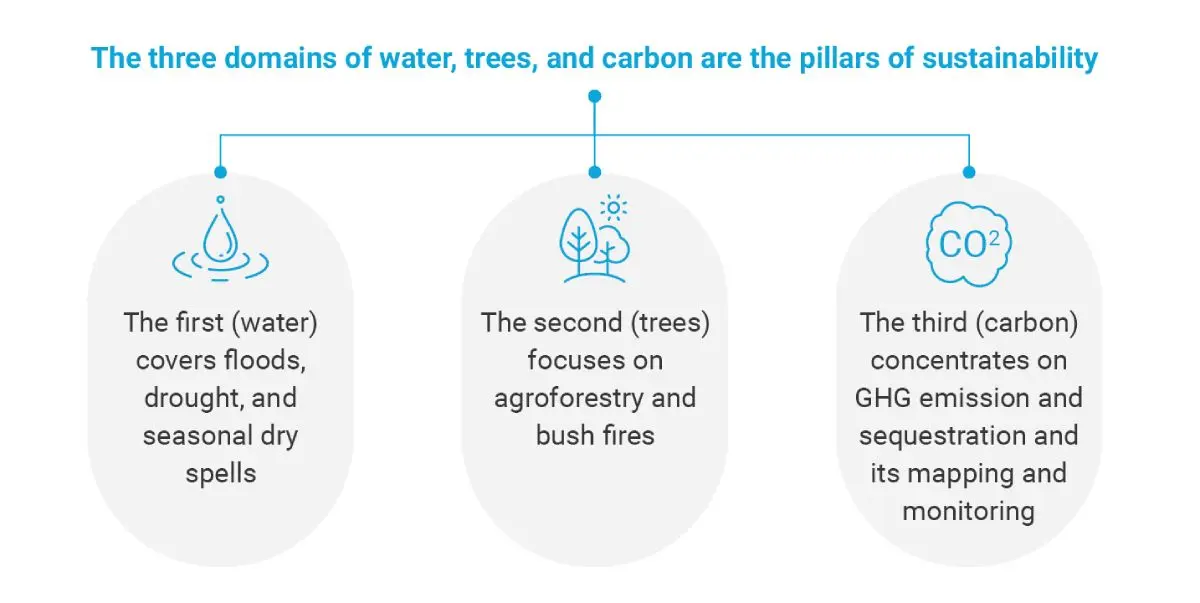
Agtech to assess water-induced damage
Agtech to promote zero carbon farming
Carbon certification: A bridge to adopt climate-smart agriculture
The Cropin advantage
The farmer-centric approach to carbon credits
- Farmers must register themselves in the scheme
- They provide Cropin with simple local data like the boundaries of their fields
- They upload geotagged pictures month-on-month after each phase of the crop cycle
Agtech, with its approaches to precision agriculture, drought- and pest-resistant seeds, and digital farming, has the potential to make Climate-Smart Agriculture more popular, feasible, and scalable.

